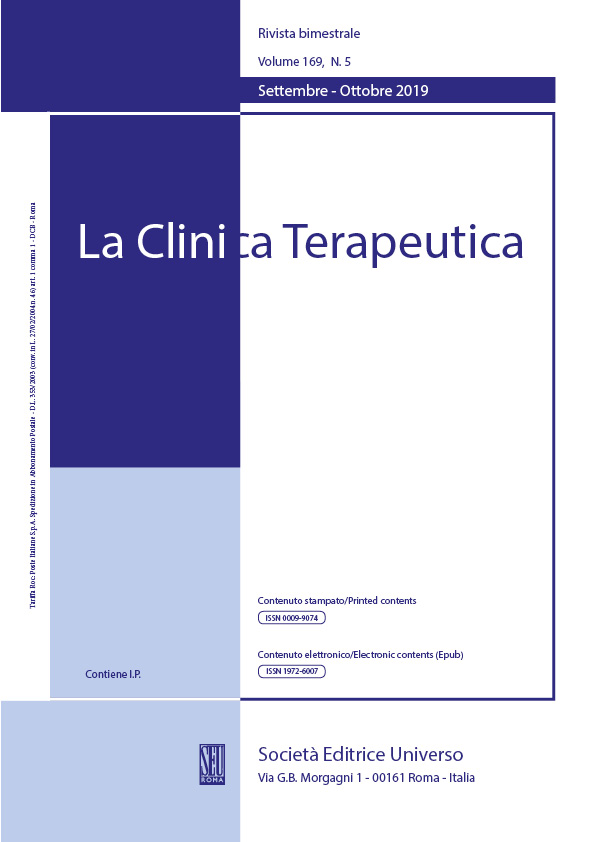Abstract
It emerges from the interesting recent article by David et al. (4) on high-resolution ultrasound is the first line examination for parotid gland diffuse disease and focal lesions, normally using grey-scale and color-Doppler ultrasound especially using contrast media. Furthermore, this working group present a review of the current literature on contrast-enhanced ultrasound for the assessment of parotid gland lesions, considering all characteristics of the technique, evidence of usefulness, future perspectives and limitations. We consider that this type of investigation will be helpful in preoperative treatment planning and reduce the cost to plan the correct treatment of diseases of the parotid glands. I am interested in underlining this article because it shows the advantages of the use of contrast in ultrasound and opens a debate if the non-invasiveness of the ultrasound and the use of the contrast agent have reason to be compared to the use of diagnostics with heavy machines such as CT and MRI. The article is clear on this point the limits are there and it is a challenge to identify new technologies to open unexplored frontiers, to know the disease early and manage it. Making it easier for the patient throughout the diagnosis, therapy, controls and possible follow-up
